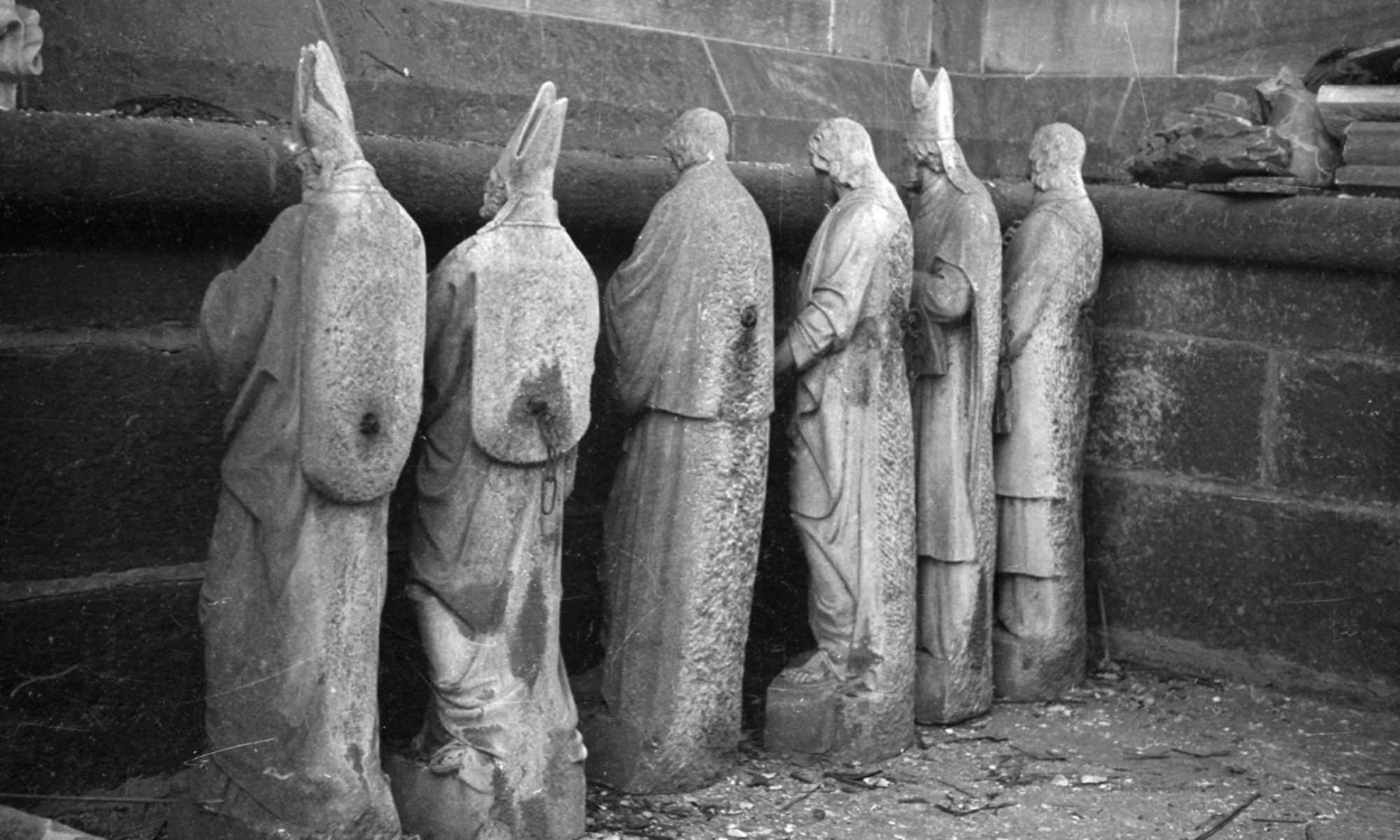The equipment in Visual Resources is primarily for department members. Occasional special exceptions can be made for other Princeton University community members, but not to the general public.
Scanners in Visual Resources (Green Hall 2N7)
Epson v800 photo (flatbed)
Epson v750 pro (flatbed)
Epson Expression 10000XL (flatbed)
Scansnap (Bundle document scanner)
Nikon super coolscan 5000 Nikon SF-210 (35mm slides scanner)
Nikon super coolscan 5000 Nikon SA-21 (35mm film strips scanner)
Scanning tips:
- Make sure the image or the book are clean by wiping them with a dry lint free cloth.
- Find a scanner meets your needs. Clean the scanner glass.
Choose the scanning mode:
B&W-works well for line art or sketches
Grayscale-works well for black and white photos
Color-for color images
- Determine scanning resolution.
300 dpi is good enough for class use.
600 dpi and up are good for archives or master files.
To create sufficient pixels for print enlargement, consider the ratio of scanning and printing resolution. Scan at 600 dpi, print at 300 dpi, 600/300=2, you will have a doubled size print of the original image. Scan at 150 dpi, print at 300 dpi, 150/300=1/2, you will get a half size print of the original image.
If you are not sure about the size, it’s usually a good idea to scan at a higher resolution in case you need to refer to the image later and need it to be as detailed as possible.
Descreening
Sometimes when you scan from a book or magazine, you may notice the Moiré effect on the image. Moiré patterns are caused by interference between two sets of fine pattern grids, the scanner samples and the halftone screen (CYMK dot patterns used in color printing) in the original image. To minimize the Moiré pattern, you can use a descreen filter. For more descreening information.
You don’t have to descreen every scanned image. Descreen for projection but do not descreen for printing.
